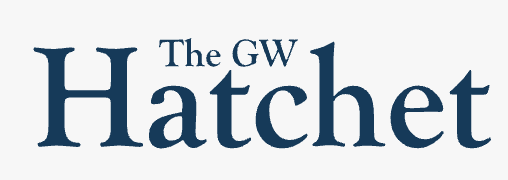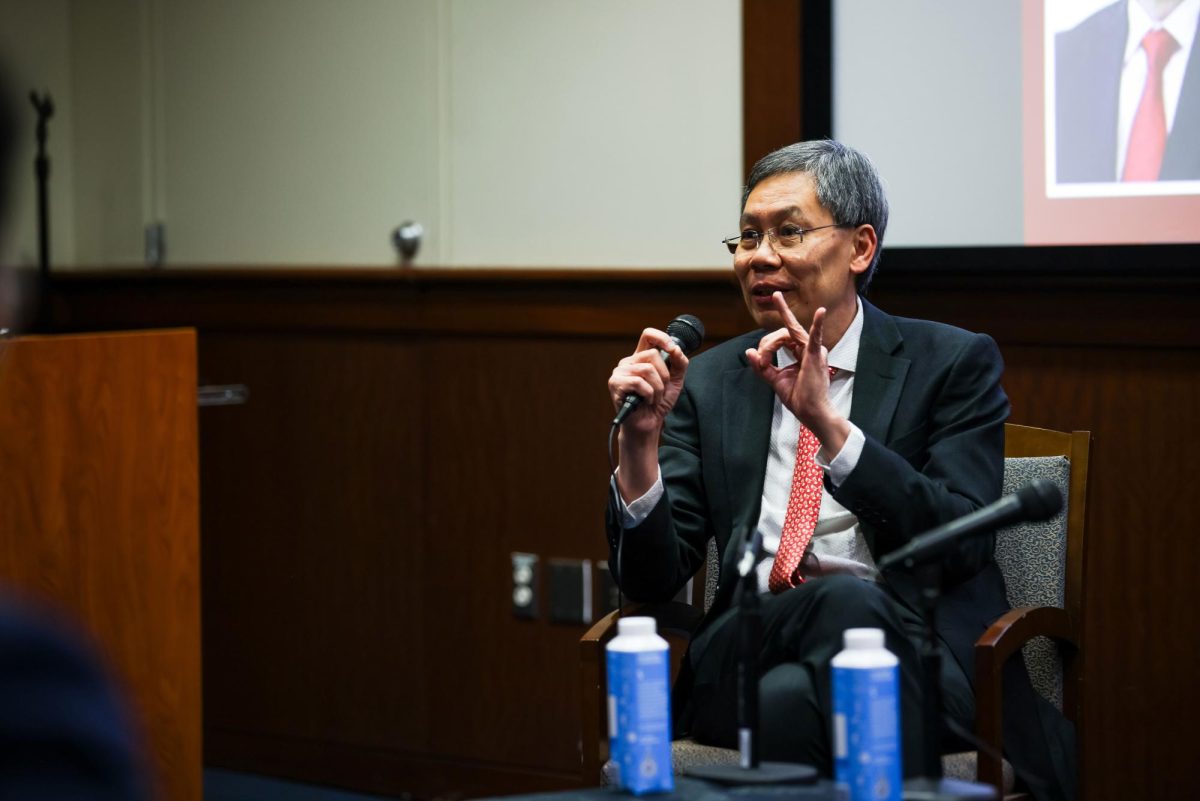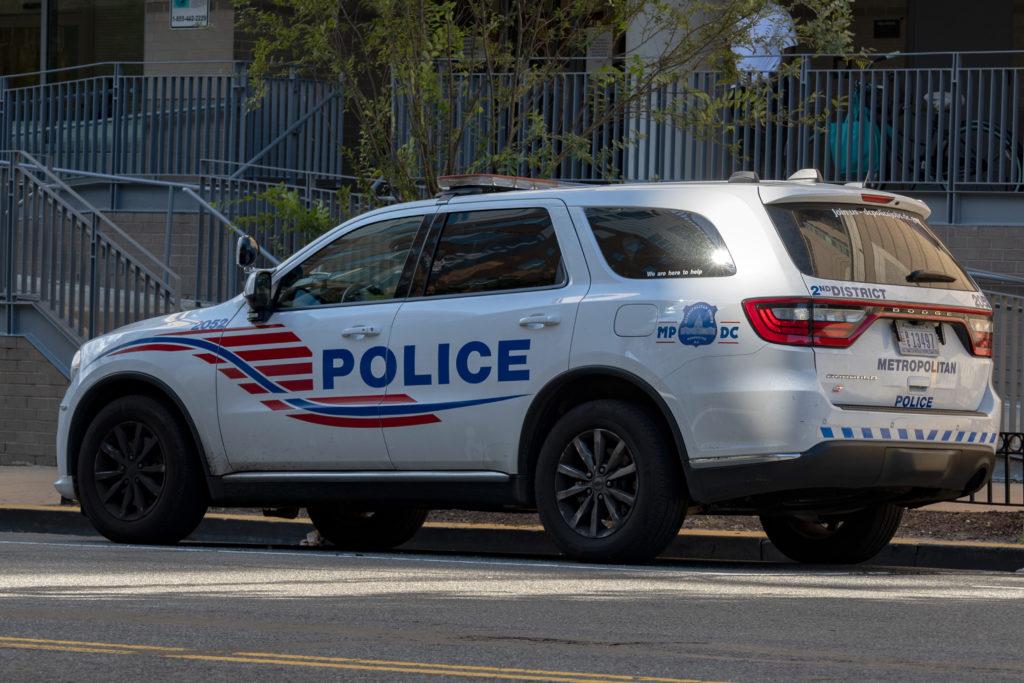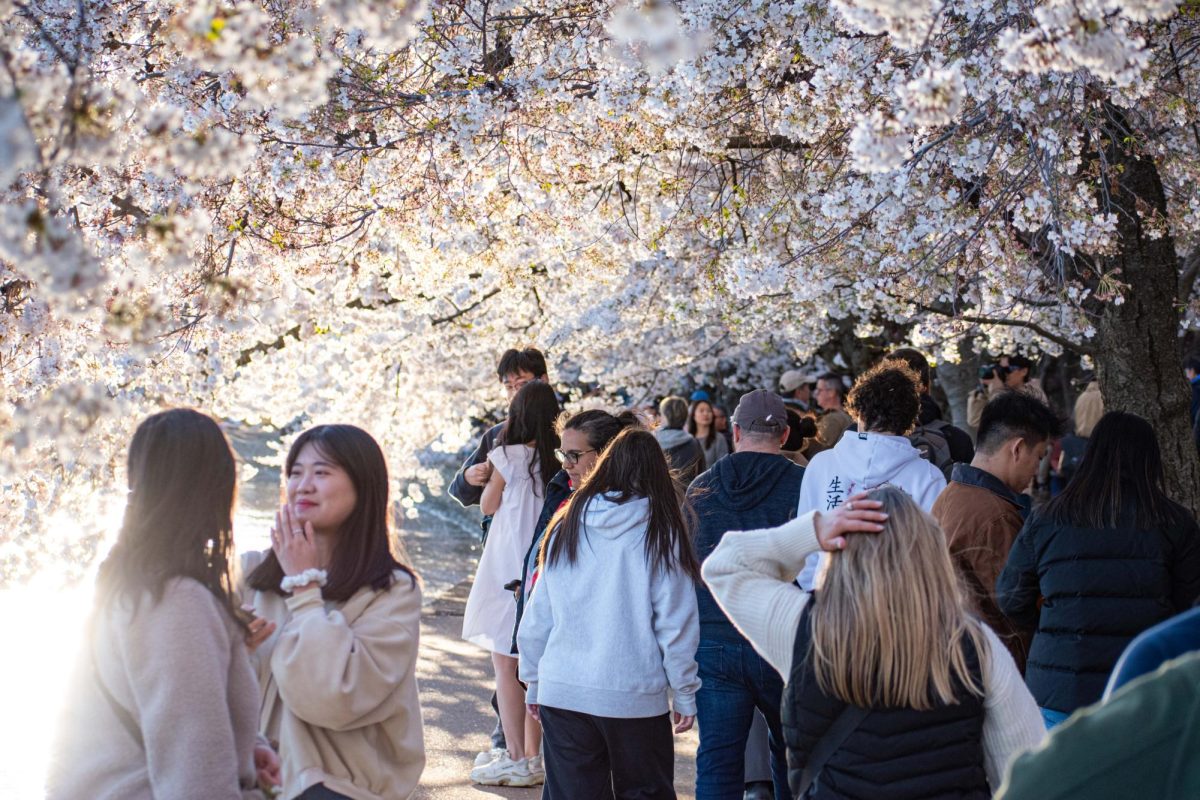Elise Apelian is a senior staff photographer who joined The Hatchet her freshman year and will graduate in May.
If someone told me freshman year I would leave GW as a photojournalist, I would have laughed. That wasn’t the plan. The plan was to be a very serious, no nonsense, hard news reporter.
Maybe my GW experience would have been easier if I had stuck to my plan – but photojournalism pushes you to struggle and figure out who you are and what you want. At a university with a single photojournalism class, that frustration is compounded. I realized I wasn’t going to learn everything I needed to learn in a classroom.
I filled out half a dozen transfer applications sophomore year, but I didn’t send them. Something held me back. Something told me to stay. That something was The Hatchet. Everything I learned about photojournalism I learned from The Hatchet.
Well, the future of photojournalism at GW is about to enter a new phase as I’m about to depart. I’ll graduate from the University and from The Hatchet this month, just before dozens of photojournalism students at the Corcoran College of Art + Design become members of the GW community.
As that new phase begins, I wanted to lay out what I’ve learned in my four years as a photojournalist:

Photo No. 1 (Silvia Zenteno portrait) and photo No. 2 (Katie Duman portrait):
The technical components of ISO, shutter speed and aperture are much easier concepts to teach than how to photograph those who have experienced trauma. Sensitivity and demeanor are more complex than depth of field.
Sometimes our lens gets in the way of us being people. Sometimes we come off as voyeurs. And maybe to a certain extent we are, but we look and shoot to explain. If we forget why we look, we are no longer photojournalists.

Photo No. 3 (Occupy protestor):
Movements like Occupy Wall Street can be challenging for young photojournalists. Occupy was extremely fractured and constantly in a state of flux. In order to explain Occupy, you had to understand Occupy.
This is why shooting is actually a very small part of what it means to be a photojournalist. I spent most of my time at Occupy talking to people, not shooting. Conceptualizing the movement and then conceptualizing an image to explain that movement became much more important. I learned to be conscious of what I was choosing to include or exclude in the frame and why.

Photo No. 4 (Aabid Mohiuddin portrait):
No matter where or for whom you work, you will find yourself in a situation where the lighting sucks and the only thing you can do is deal with it. We must be able to adapt and use our eye to make even the most hideous fluorescent light aesthetically pleasing in some way. All of these challenges simply help you become a better photojournalist. You will also have days when the photo gods bless you with better lighting than anything you could have imagined.




